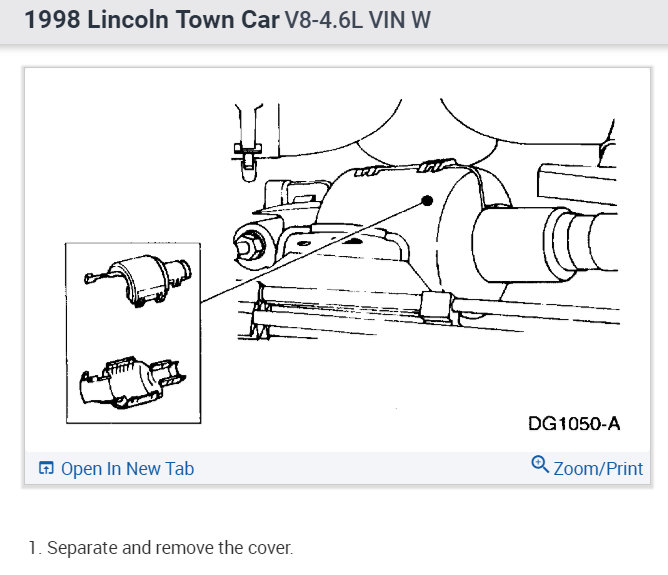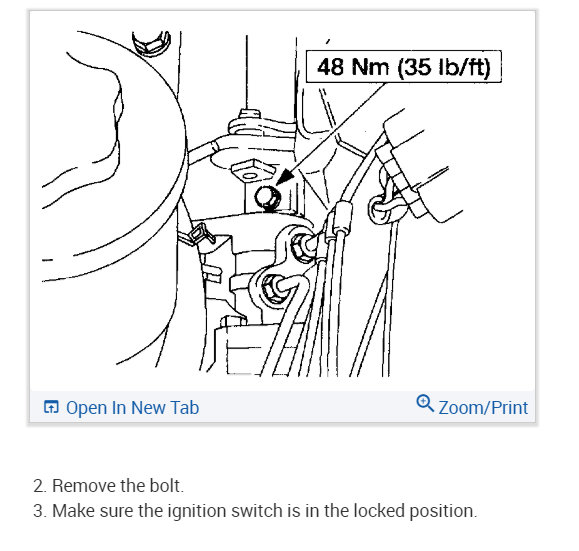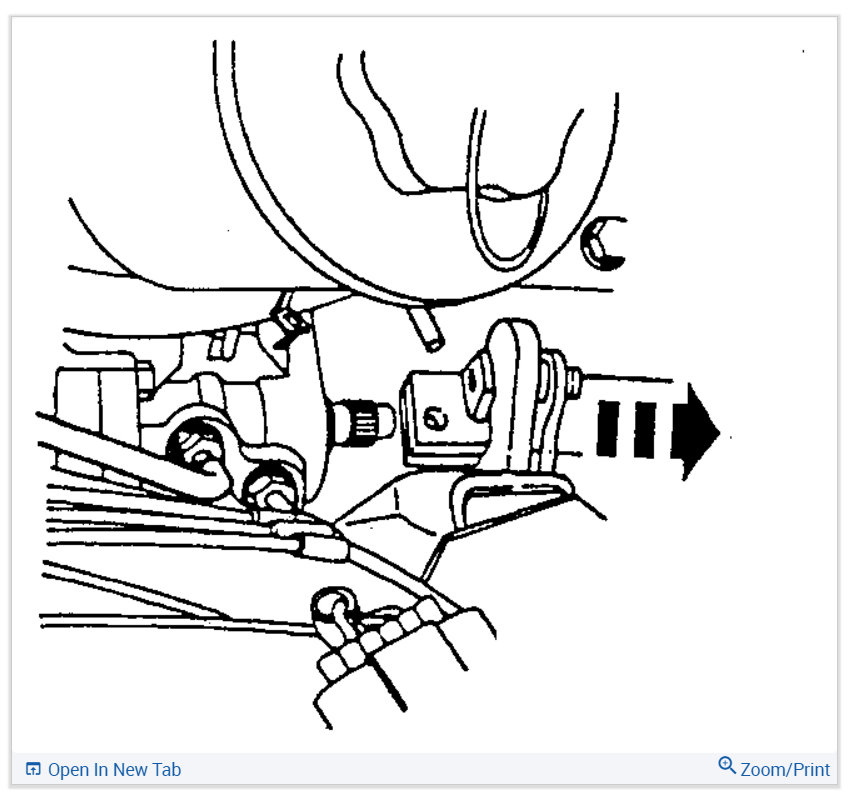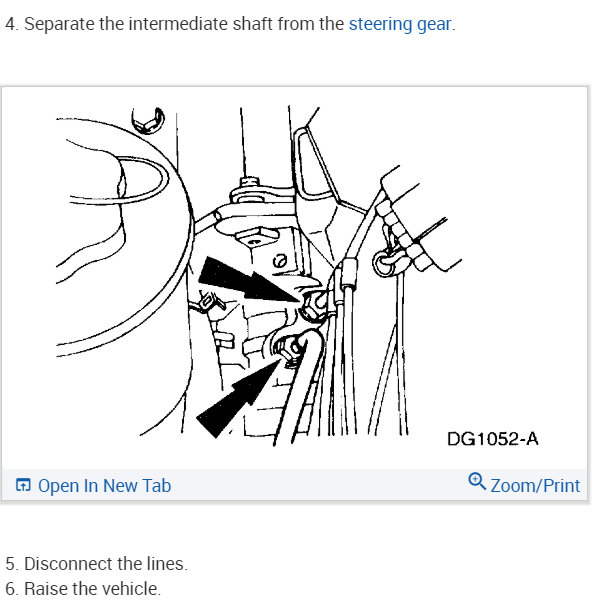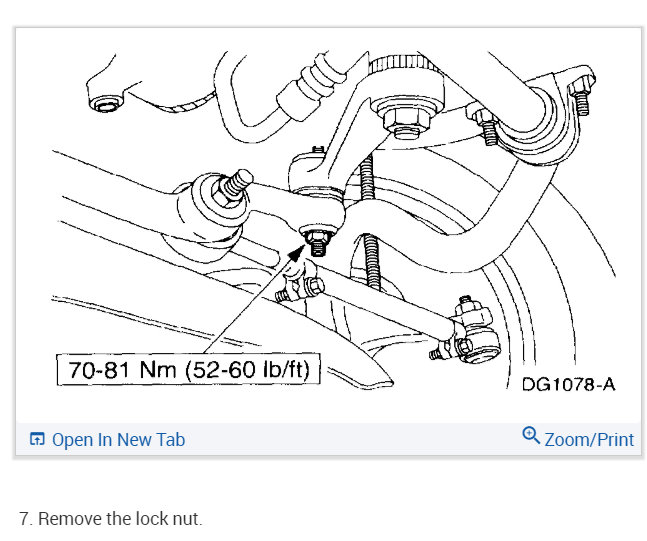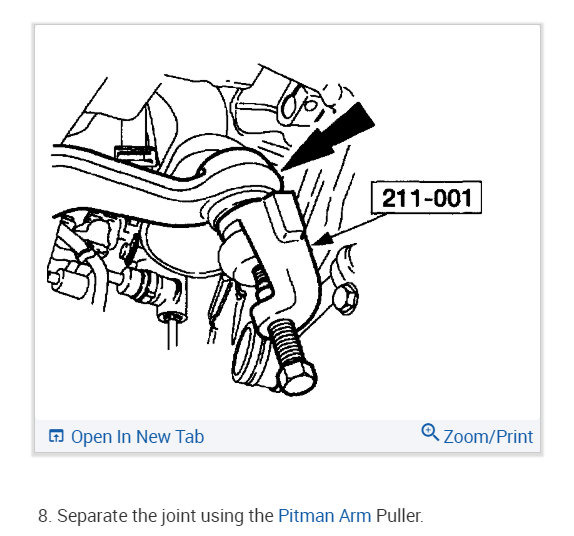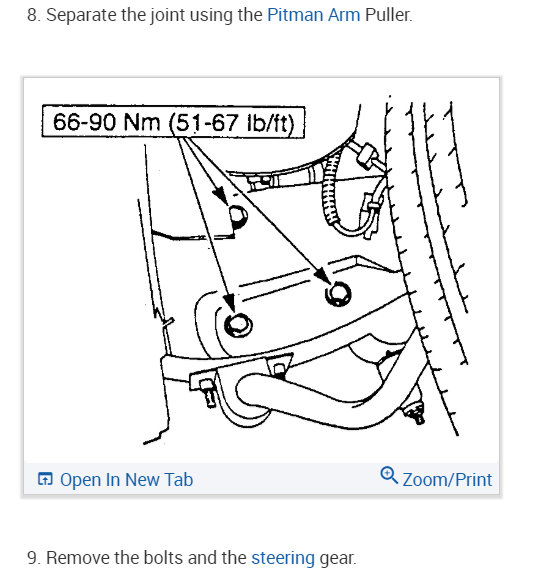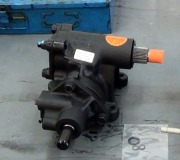This is not a power assist issue. You can prove that by carefully shifting to neutral while driving, stopping the engine, and the "memory steer" problem will still be there. There's two common causes for this and it depends on how or when the problem started. If it was right after an alignment was performed, there is likely too little "caster". Caster can be explained a number of different ways, but the easiest way to think of it is to look at the fork on a bicycle or motorcycle. It is angled toward the rear at the top. That is what allows you to ride no-handed when there's weight on the front tire.
Caster on a car's front wheel is what causes the steering to return to centered when you let go after making a turn. Many years ago cars and trucks used negative caster, meaning the fork on the bicycle would be slanted backward, and that caused real easy steering with no power assist. In the '60s when people started driving at faster speeds, we went to positive caster, which everything uses today, to give the vehicles more directional stability without having to constantly adjust the steering wheel. That higher caster made the cars more stable, but it resulted in much higher turning effort too. We added power steering to overcome that increased effort.
Caster changes on each front wheel when you turn to one side, and like a teeter totter that wants to be balanced, the front tires want to return to equal caster on both sides, and that is when the steering system is centered. Too much caster will spin the steering wheel back to centered much too quickly. Too little caster will make the steering system lazy and not return very fast. The additional clue is the steering wheel will turn to the side and back to center with the same effort as it always had when the car is standing still.
If this problem occurred on its own, and gradually got worse, it is almost certain you have a tight ball joint. To verify this, raise the front tires off the ground, then see how hard it is to turn the steering wheel. If it's rather hard to turn, you need to disconnect the outer tie rod ends so each wheel can be turned independently by hand to see which one is causing the problem. The tight turning can be a little hard to discern while stopped because it's hard to turn anyway due to the tires' friction on the road surface. The steering isn't going to ever return on its own unless the car is moving, so that can't be used as a clue.
Tight steering isn't real common on Ford products. They have way more trouble with steering and suspension parts becoming sloppy and separating leading to loss of control and crashes. Those systems should be inspected at least once per year, and anytime a new noise or vibration occurs. Tight ball joints are filled with rust, so while they will appear to be okay under a visual inspection, they can actually be getting ready to fall apart.
Friday, November 13th, 2015 AT 7:28 PM
